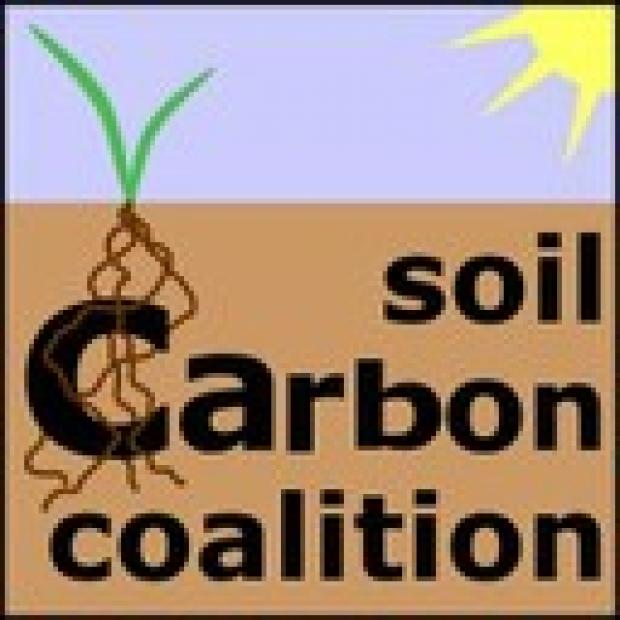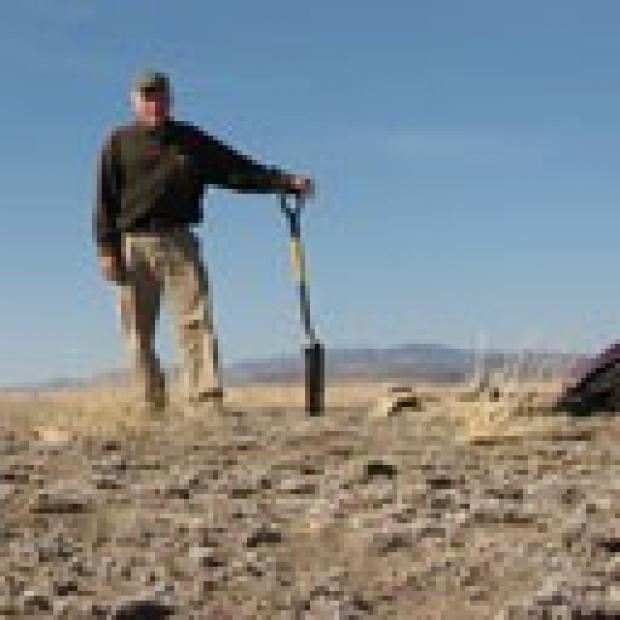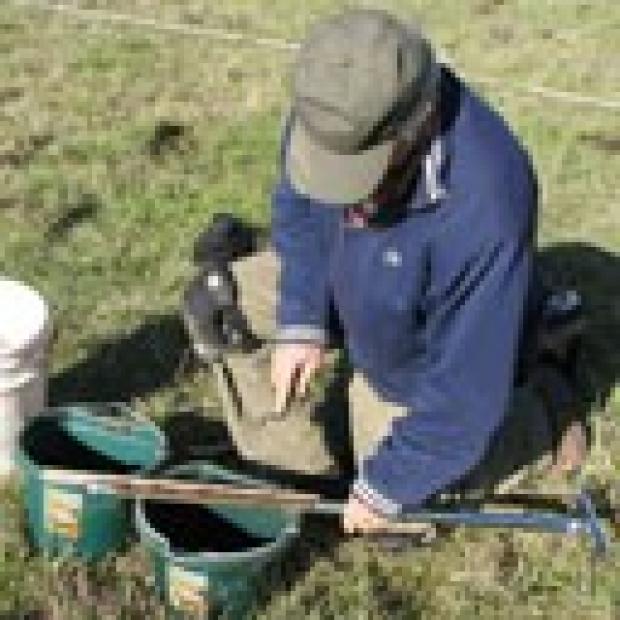
Begun in 2010, the Soil Carbon Challenge is a grassroots competition to see how fast and how well farmers, ranchers, and interested land managers can turn atmospheric carbon into water-holding, fertility-enhancing soil organic matter.
Drought, floods, biodiversity loss, desertification, climate change—these problems reflect the work, and lack of work, of the carbon cycle or circle of life. Though oceans and rocks contain more carbon, soils are the center of gravity of the active biological carbon cycle, and are the key to moderating floods and droughts as well. Management of soils and soil surface is the biggest opportunity we have to increase the work done by the circle of life.

Yet contrary to widespread practice and belief, managing soils to hold more water and carbon is not just a technical issue, or something that can be implemented readily and broadly with top-down policies, best management practices, or incentives. We believe that biosphere dynamics are inherently difficult to model or predict, especially given that human management can be as complex, varied, and creative as soil microbiology.
Because we want to recognize and support creativity and commitment in soil management, the Challenge is based on measurement of soil carbon change over time—a monitoring approach. The Challenge is an open search for local successes in building soil organic matter.

Measurement of soil carbon is often supposed to be difficult or impractical. But the difficulty is related to the purpose. If you want to verify a carbon offset for a buyer over a varied landscape, the sampling and measurement challenge is significant. However, if you want to explore possibility, and give some feedback to committed management, soil carbon change can be measured well via permanent, representative small plots that can be resampled multiple times. But it takes time—our sampling intervals are 3-10 years, which does not fit the rhythms of most research grants or media cycles.
As of summer 2012 we have 64 participants, from California to Vermont, and from Canada to Mexico.
Give for a brighter future
Connect
Join our email list to learn about what we do and how to get involved.